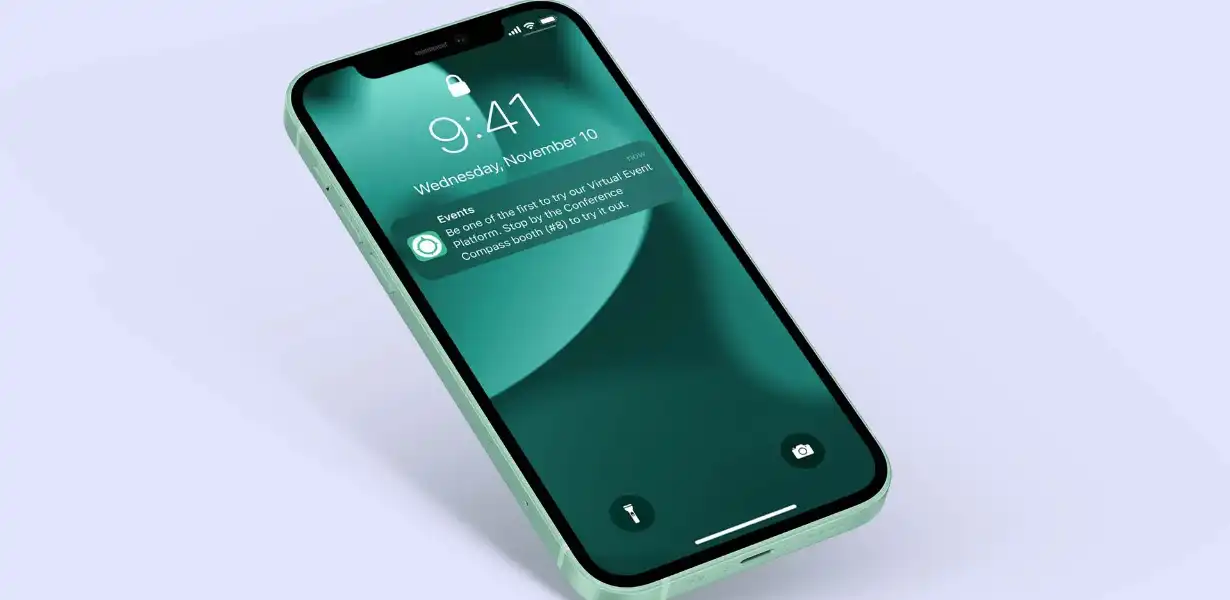
Push Notifications in a Privacy-Focused World: Striking the Balance Between Personalization and User Consent
- Post
- August 8, 2023
- Progressive Web Apps, Push Notifications, Web Technologies
- 0 Comments
In today’s digital landscape, where personalization reigns supreme, push notifications have become an essential tool for engaging users and delivering timely information. However, the evolving landscape of privacy regulations and user expectations demands a delicate balance between personalized messaging and respecting user consent. In this comprehensive exploration, we delve into the nuances of push notifications in a privacy-focused world, illuminating the challenges and opportunities they present.
Web App Manifest: A Cornerstone of User Experience
The Web App Manifest stands as a pivotal element in the world of push notifications. This JSON file serves as a blueprint, defining how the web application should behave when added to the user’s home screen. Incorporating this manifest is not just about ensuring a seamless user experience but also about abiding by privacy regulations. The manifest outlines vital details such as the app’s name, icons, and start URLs. Through meticulous configuration, developers can create a user-friendly gateway that respects privacy while facilitating push notifications that genuinely add value.
Crafting Personalization: A Tightrope Walk
Personalization is the heartbeat of effective push notifications. Tailoring messages to users’ preferences and behaviors can significantly boost engagement. However, the line between meaningful personalization and perceived intrusion is thin. It’s imperative to strike a balance by gathering only the necessary data, with explicit user consent, and providing clear value in return. By employing techniques such as contextual segmentation and behavioral triggers, you can deliver messages that resonate without overstepping privacy boundaries.
User Consent: Fortifying Trust
User consent has transformed from a legal checkbox to a cornerstone of user trust. The General Data Protection Regulation (GDPR) and other data protection laws mandate that users must opt-in to receive push notifications. The emphasis on informed consent underscores the need for transparency. When requesting permission, ensure your message is crystal clear about what value users will derive from opting in. Additionally, offer granular controls that empower users to customize notification preferences, allowing them to decide the frequency and type of messages they receive.
The iOS Web App Manifest Conundrum
Apple’s ecosystem brings a unique challenge to the table: the iOS web app manifest. Unlike its Android counterpart, iOS currently doesn’t support push notifications directly from web apps added to the home screen. However, Safari Push Notifications bridge this gap by enabling websites to send notifications to users who have given explicit permission. Navigating this landscape requires a strategic approach that leverages Safari’s capabilities while adhering to Apple’s stringent privacy standards.
Progressive Web App (PWA) Magic
Progressive Web Apps (PWAs) blend the best of both worlds: the convenience of native apps and the accessibility of websites. Through service workers, PWAs can deliver push notifications even when the user isn’t actively browsing the app. By following the PWA principles and leveraging the capabilities of modern browsers, you can ensure that your notifications are well-received and seamlessly integrated into the user’s workflow.
Fine-Tuning: Analytics and Iteration
An essential aspect of any successful push notification strategy is continuous improvement. Analytics play a pivotal role in this journey, offering insights into open rates, click-through rates, and user engagement. By analyzing these metrics, you can refine your approach, crafting notifications that align with user preferences. However, it’s vital to remember that responsible data usage is paramount. Collect only the data you need and use it judiciously to enhance the user experience without encroaching on privacy.
Ensuring Optimal Delivery: Technical Considerations
To ensure your push notifications reach the intended recipients, a robust technical foundation is imperative. Utilize protocols like HTTP/2 to optimize message delivery and guarantee timely arrival. Implement Service Workers to enable background synchronization and ensure notifications are delivered even when the user is offline. By honing your technical prowess, you can enhance the reliability and effectiveness of your push notification strategy.
Final Words
In a privacy-focused era, the art of push notifications lies in striking the delicate balance between personalization and user consent. Crafting messages that resonate while respecting user privacy is an intricate dance, requiring meticulous strategy and technological finesse. By embracing the principles of informed consent, data minimalism, and continuous improvement, you can harness the power of push notifications to create meaningful interactions that stand the test of privacy concerns.
Commonly Asked Questions
Q1: How can I ensure my push notifications comply with privacy regulations?
A1: Start by incorporating explicit user consent mechanisms. Clearly communicate the value users will receive from opting in, and provide granular control over notification preferences.
Q2: Are push notifications still relevant in a privacy-focused landscape?
A2: Absolutely. Push notifications remain a potent engagement tool. When executed thoughtfully, they can foster user engagement while respecting privacy boundaries.
Q3: What is the significance of the Web App Manifest?
A3: The Web App Manifest defines how a web app behaves when added to the home screen. It plays a pivotal role in shaping the user experience and facilitating push notifications.
Q4: How do Progressive Web Apps (PWAs) enhance push notifications?
A4: PWAs combine the advantages of native apps and websites. They can deliver push notifications even when users aren’t actively browsing, enriching the user experience.
Q5: What’s the key to crafting effective push notifications?
A5: The key lies in personalized, value-driven messages. Gather only the necessary data, obtain explicit user consent, and provide content that aligns with user preferences.




